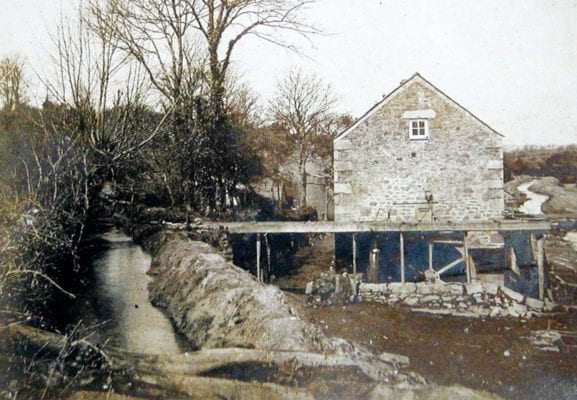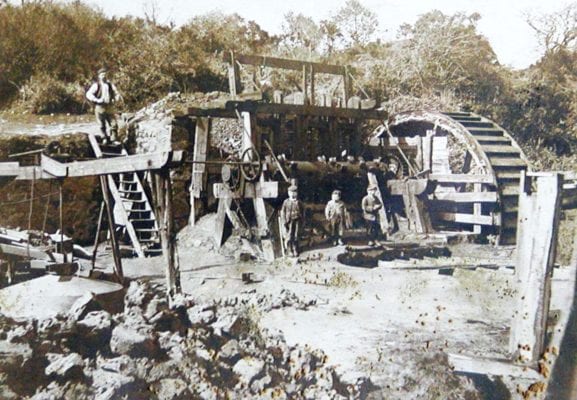History
Carbis Mill was first mentioned on the 27th January 1650 as a ‘stamps’ mill, then as a ‘flushing’ mill and again later as a ‘griest’ mill. There is a tradition that boats once used to come upriver, on the river Hayle, to Carbis Mill. This may well have been case, but it would have to have been before 1338 when the first bridge at St.Erth was built and there is a deed of this date which makes mention of such a bridge.
The mill is unusual because it had two working independent water wheels which fed two pairs of stones.
The last miller of Carbis was a Mr Richard BERRYMAN who died in 1941. His widow kept the mill operating for a further seven years, until the costs of transporting grain and the added expense of general repairs to the mill made it uneconomical.
In the 1960s the mill machinery was removed by the St Aubyn Estate.
After many years of decline Carbis Mill was fully restored between 2011 and 2018
The mill is now a grade 2 listed building that retains much of its industrial heritage while providing modern comfortable accommodation.
Today the St Erth valley and footpath running alongside Carbis Mill is a haven of peace and tranquillity. In the past it was alive with activity relating to the local mines along the valley.
The riverside track was the local M1 of the area, It was the main supply lifeline from the docks at Hayle carrying in coal, rope, explosives, timber and the many day to day mining requirements.
The riverside path was used by 100 strong pack mule trains carrying tin and copper ore for smelting.

